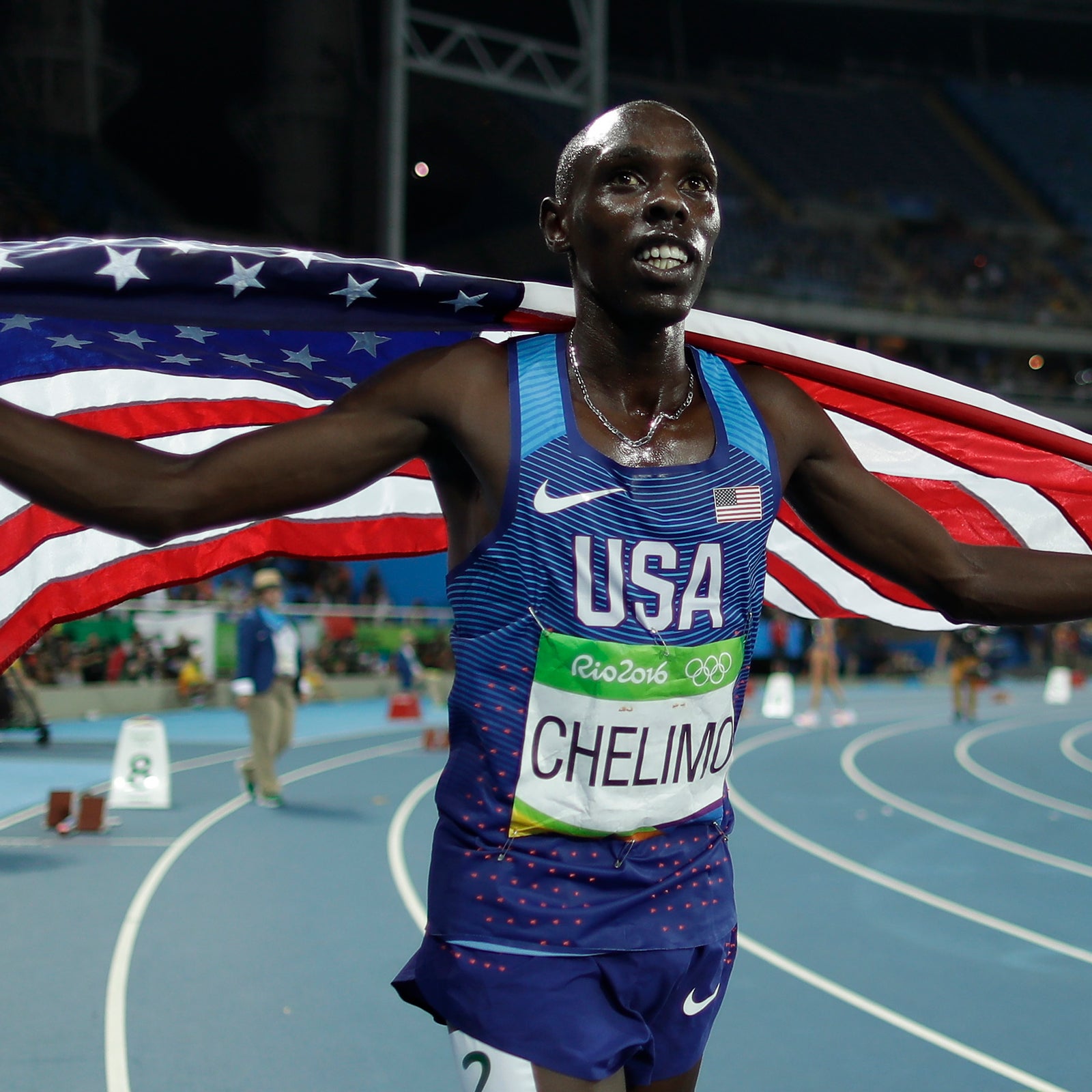On Sunday, the International Association of Athletics Federations (IAAF) issued announcing that it had approved the entry standards for next summer’s Olympic Games. According to the IAAF, athletes will now have “more opportunities” to achieve the standards in their respective events, as the qualifying window had been extended by two months; for most disciplines, it now spans from May 1, 2019 to June 29, 2020. (For the marathon and 50k race walk, the qualifying window goes from January 1, 2019 to May 31, 2020.) What the press release conveniently didn’t mention was that the standards had become significantly harder to achieve.��
How much harder? In the marathon, in Rio was 2:19 for men and 2:45 for women. For the 2020 Olympics, those marks have dropped to 2:11:30 and 2:29:30, respectively. (This dramatic change reflects the fact that the upcoming Olympic marathon fields have been reduced to 80 runners, roughly half the field in Rio.) Meanwhile, in the 5,000-meters, the standards went from 13:25 and 15:20 to 13:13 and 15:10.��
“If this standard was in effect 2016, I would not be an Olympic silver medalist or an Olympian,” the American 5,000-meter runner Paul Chelimo, whose PB before 2016 was 13:21, . He added that the stringent new standards were yet another example of how professional track and field was “killing itself.”
As LetsRun , Chelimo’s assertion about not making the team in 2016 might not be entirely accurate. The IAAF only expects about 50 percent of Olympic participants to actually meet the qualification standard. As part of a new “dual qualification system,” the other half of the Olympic field will be determined based on IAAF’s maddeningly opaque World Ranking System. After crunching the numbers, LetsRun determined that Chelimo would likely have qualified for Rio ’16 based on his performances the previous year—despite not hitting the standard.��
Nevertheless, the fact that Chelimo was oblivious to this doesn’t speak well for the bureaucracy that governs the world of professional running. The qualification process for the sport’s most prestigious competition (for better or worse) shouldn’t be so complex that even the athletes can’t comprehend it.��
So how does the process work? Alessio Punzi, IAAF’s Road Running Manager, helped elucidate it for me, via email, using the women’s marathon as an example.
The first step is determining which athletes have achieved the entry standard during the qualification window. For female marathoners, the most straightforward way to do this is to run 2:29:30 or faster on an IAAF-certified course. But in the marathon there are three additional ways of getting the standard inside the window, irrespective of time: you can place in the top ten in the marathon at the 2019 IAAF World Championships in Doha; the top five at an ; or the top ten at a World Marathon Major—i.e. Tokyo, Boston, London, Berlin, Chicago, and New York.��
From the list of athletes who have achieved the standard, Olympic marathon spots will be allotted with a maximum of three athletes per nation. (Powerhouses like Kenya and Ethiopia are always going to have three runners.) As mentioned, the IAAF is estimating that roughly half the field will get filled up this way. The remaining 40 or so runners will be selected based on their on June 3, 2020.��
That ranking is based on an which evaluates athletes based on both their time performances and how they placed in various races around the world. It’s a labyrinthine approach that seems likely to cause many athletes to wonder until the last minute whether or not they are going to make the cut.
As , the new system also dilutes some of the excitement surrounding the U.S. Olympic Trials. In the past, finishing in the top three at the Trials was akin to punching your ticket to the Games, but going forward that probably won’t be the case. In 2016, for instance, two out of the three American marathoners in Rio—namely Jared Ward and Meb Keflezighi—had not run 2:11:30 during the qualifying window. For what it’s worth, these new standards are also likely to impact future Olympic Trials qualifying times—i.e. the vaunted “OTQ”—which amateur runners in this country strive to hit every year. U.S. runners who are on the cusp of making the Trials during this Olympic cycle would hence be well-advised to gather their rosebuds while they may.
Unsurprisingly, opinions in the running punditry world were divided when it came to assessing the merits of the IAAF’s new qualifying system.��
“Under the new qualifying standards . . . there’s going to be less opportunity for the athletes across the board—not just from smaller countries and not just in the marathon—even here in the United States,” a refreshingly pissed off Mario Fraioli wrote this morning’s issue of his running newsletter, .��
Meanwhile, New Zealand’s Nick Willis, himself a two-time Olympic 1,500-meter medalist, defended the new standards on Twitter, arguing that they would up the competitive stakes in marquee track events during the qualifying period. The IAAF, meanwhile, believes that stricter entry standards are necessary to avoid accidentally having too many qualifiers. (The total quota of Olympics track athletes has been reduced to 1,900, down from 2,005 in 2016.) As Nicole Jeffrey, the governing body’s Head of Communications, pointed out to me, the marathon quota for Rio was set at 100 athletes, but both the men’s and women’s fields ended up swelling to between 150 and 200 runners. The “dual qualification” system is supposed to eliminate the issue—albeit at the cost of having a less inclusive Games.
Personally, I hope Willis is right. But it would be tremendous if we could have a system that didn’t require months of analysis from multiple “track people,” as if it were some athletics equivalent of the Rosetta Stone. Paul Chelimo, we feel your pain.��


